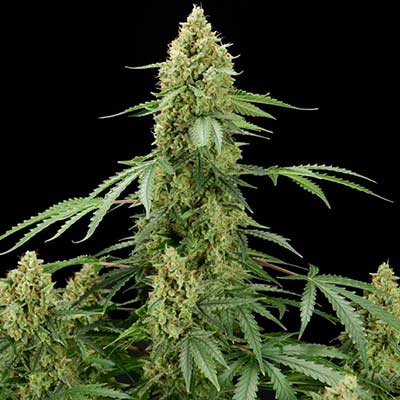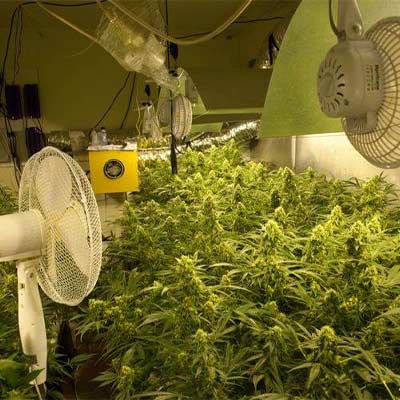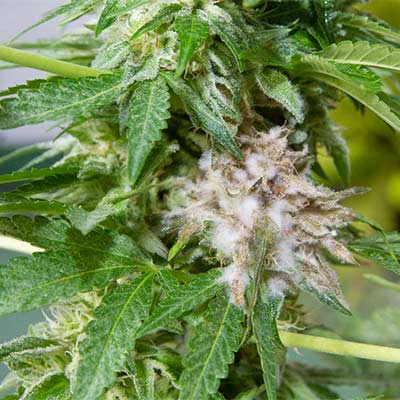BackManaging Humidity for Healthy Cannabis Growth
16.07.2025

When growing cannabis, most people focus on light, nutrients, and temperature. But one thing often gets overlooked: humidity. The right balance of temperature and moisture is key to healthy plants and big harvests. This guide shows why cannabis humidity matters and how to control it — no matter where you grow.
Why Humidity Matters for Cannabis Plants
Cannabis plants breathe through tiny openings on their leaves. These help the plant take in CO₂ and release water vapor. If the air is too dry, the plant loses water too fast. If it’s too moist, mold and fungi can grow. The right humidity helps with photosynthesis and keeps your plants strong.
Effects of Humidity on Growth and Yield
Good humidity and airflow make a big difference. Your plants grow faster, roots get stronger, and buds become more potent. But too much moisture with bad ventilation can slow growth and cause disease. Even cannabis that can handle high humidity needs a stable environment to thrive.
Ideal Humidity Levels for Cannabis
The right humidity changes as your plants grow. Each stage needs different levels of moisture and temperature.
Humidity Needs at Different Growth Stages
- Germination: 70–80% humidity, 22–25°C
- Vegetative Stage: 50–70% humidity, 22–28°C
- Flowering Stage: 40–50% humidity, 20–26°C
- Late Flowering: 30–40% humidity to prevent mold
In early stages, more moisture helps roots grow. Later, you’ll need lower humidity to protect your buds. Many growers also adjust cannabis flowering temps to match the humidity for best results.
How to Control Humidity in Cannabis Cultivation
Whether you grow in a tent or greenhouse, you need tools to measure and adjust humidity. That’s the best way to stay in control.
Ventilation and Airflow Strategies
Airflow and ventilation help you keep humidity stable. Use these tools and tips:
- Humidifiers: Add moisture in dry rooms or winter
- Dehumidifiers: Lower humidity during flowering or in wet climates
- Fans: Circulate air and stop damp spots
- Exhaust systems: Remove stale, moist air
- Hygrometers: Track humidity levels at all times
Check your setup often. Keep your temperature and humidity in the right range. Your plants will reward you.
Common Issues with Humidity in Cannabis Growing
Even skilled growers run into problems. High moisture in closed rooms without airflow can ruin your crop fast.
Preventing Mold, Mildew, and Bud Rot
Too much humidity can cause condensation on walls, lights, and buds. This leads to mildew and bud rot, especially during flowering. Here's how to avoid it:
- Lower humidity in late flowering (last 2 weeks)
- Give your plants space and airflow
- Keep temperatures steady to avoid dew buildup
You can grow cannabis that can handle high humidity in wet regions. But even these plants need good airflow and smart climate control.
Conclusion: Best Practices for Humidity Management
Cannabis humidity is crucial. It affects how your plants grow, how much they yield, and how strong your buds are. Keep your temperature, moisture, and airflow in check. Adjust as your plants go through different stages. Whether indoor or outdoor, stable conditions bring the best results.
FAQ: Humidity and Cannabis Cultivation
What is the ideal humidity for cannabis plants?
It depends on the stage: 70–80% for germination, 50–70% for veg, 40–50% for flowering, and 30–40% at the end.
Why is humidity important in cannabis cultivation?
It affects water uptake, photosynthesis, and prevents mold. Balanced humidity keeps plants healthy.
How can I reduce humidity during cannabis flowering?
Use a dehumidifier, add airflow, and avoid watering at night. Keep temps stable to stop condensation.
Can cannabis grow in high humidity environments?
Yes, some strains do well. But you still need good airflow and proper care to avoid bud rot.


